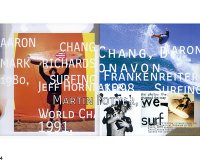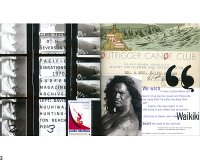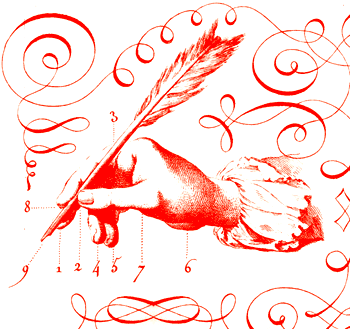recent surfboard bottom designs (06/07) - Mohamed Thaim - cleek to enlarge



here's a new poster ( 24 x 36 ) - a meditation on saying what you think - by Sean Yendrys





 Dieter Rams studied architecture and interior design at Wiesbaden Arts and Crafts School from 1947 to 1953. In 1955, he started his work for Braun where he soon became the head of the product design department. Since 1981, Dieter Rams has also been a Professor at the Academy of Fine Arts in Hamburg.
Dieter Rams studied architecture and interior design at Wiesbaden Arts and Crafts School from 1947 to 1953. In 1955, he started his work for Braun where he soon became the head of the product design department. Since 1981, Dieter Rams has also been a Professor at the Academy of Fine Arts in Hamburg. Many of his designs - wonderfully sleek coffee makers, calculators, radios, audio/visual equipment, consumer appliances, and office products - have found a permanent home at many museums over the world, including MoMA in New York. For nearly 30 years Dieter Rams served as head of design for Braun A.G. until his retirement in 1997. "
Many of his designs - wonderfully sleek coffee makers, calculators, radios, audio/visual equipment, consumer appliances, and office products - have found a permanent home at many museums over the world, including MoMA in New York. For nearly 30 years Dieter Rams served as head of design for Braun A.G. until his retirement in 1997. "







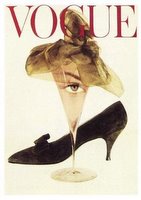
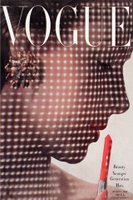
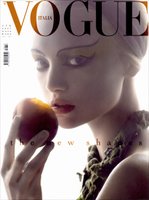
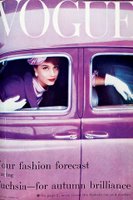

 click to enlargealways the best photographers ... Irving Penn, Cecil Beaton,William Kline, Guy Bourdin, Norman Parkinson, Steven Meisel, David Bailey and on.. each era's changing ethos faithfully reflected in the lens, recording fashion and style like a fossil record.
click to enlargealways the best photographers ... Irving Penn, Cecil Beaton,William Kline, Guy Bourdin, Norman Parkinson, Steven Meisel, David Bailey and on.. each era's changing ethos faithfully reflected in the lens, recording fashion and style like a fossil record.
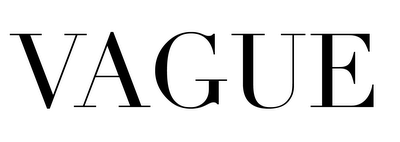
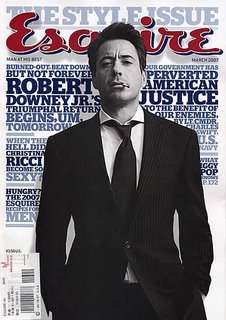



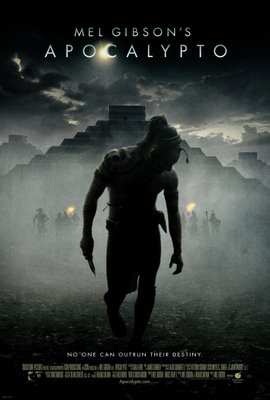

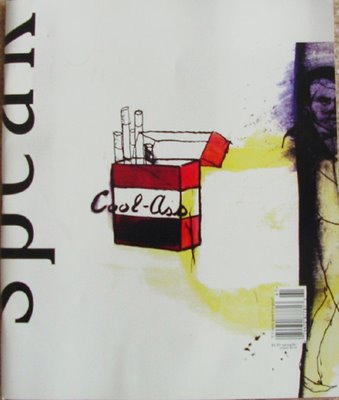 the page & typographic design of David Carson
the page & typographic design of David Carson
